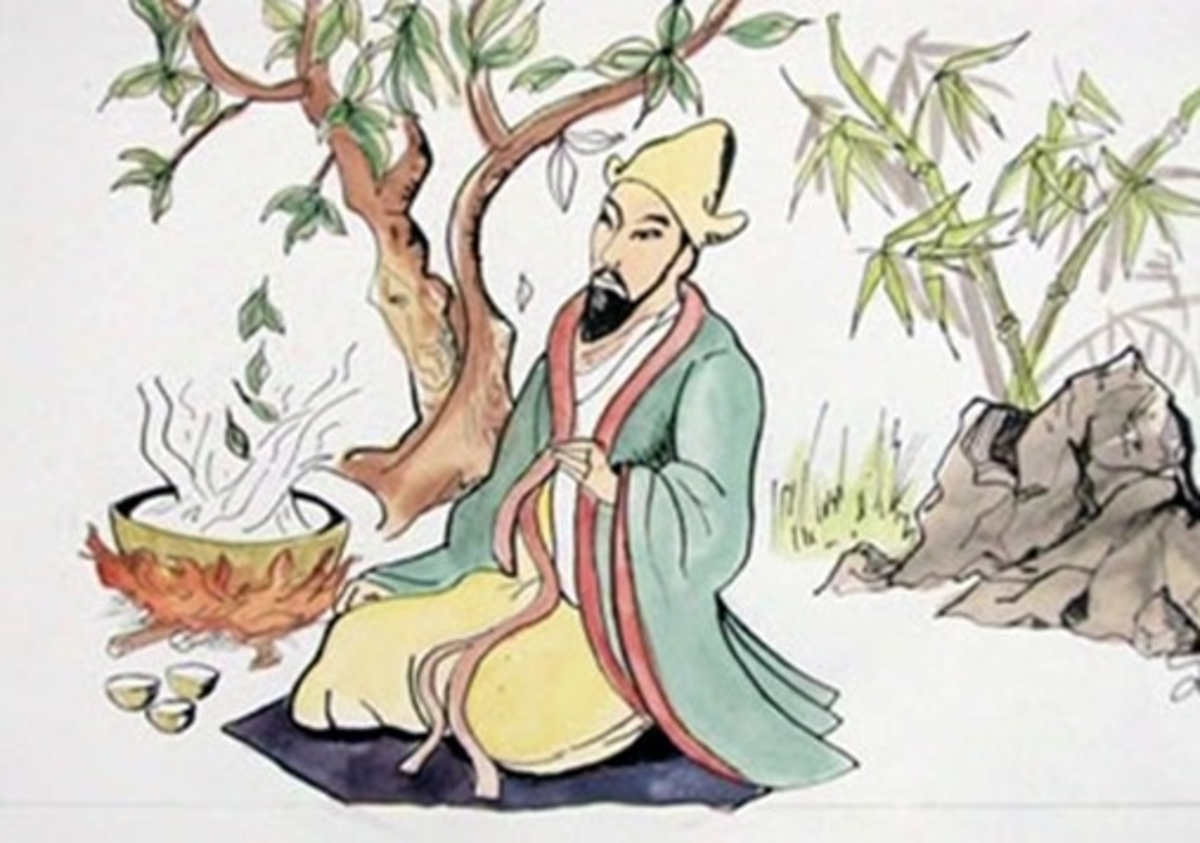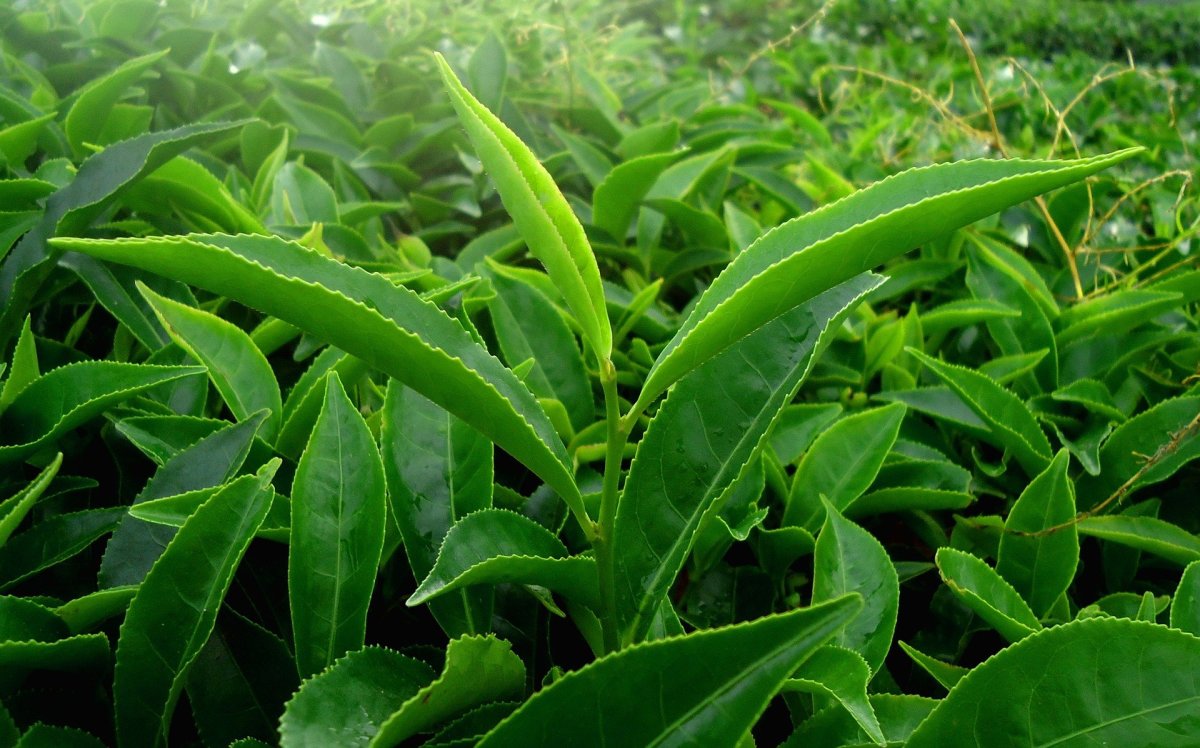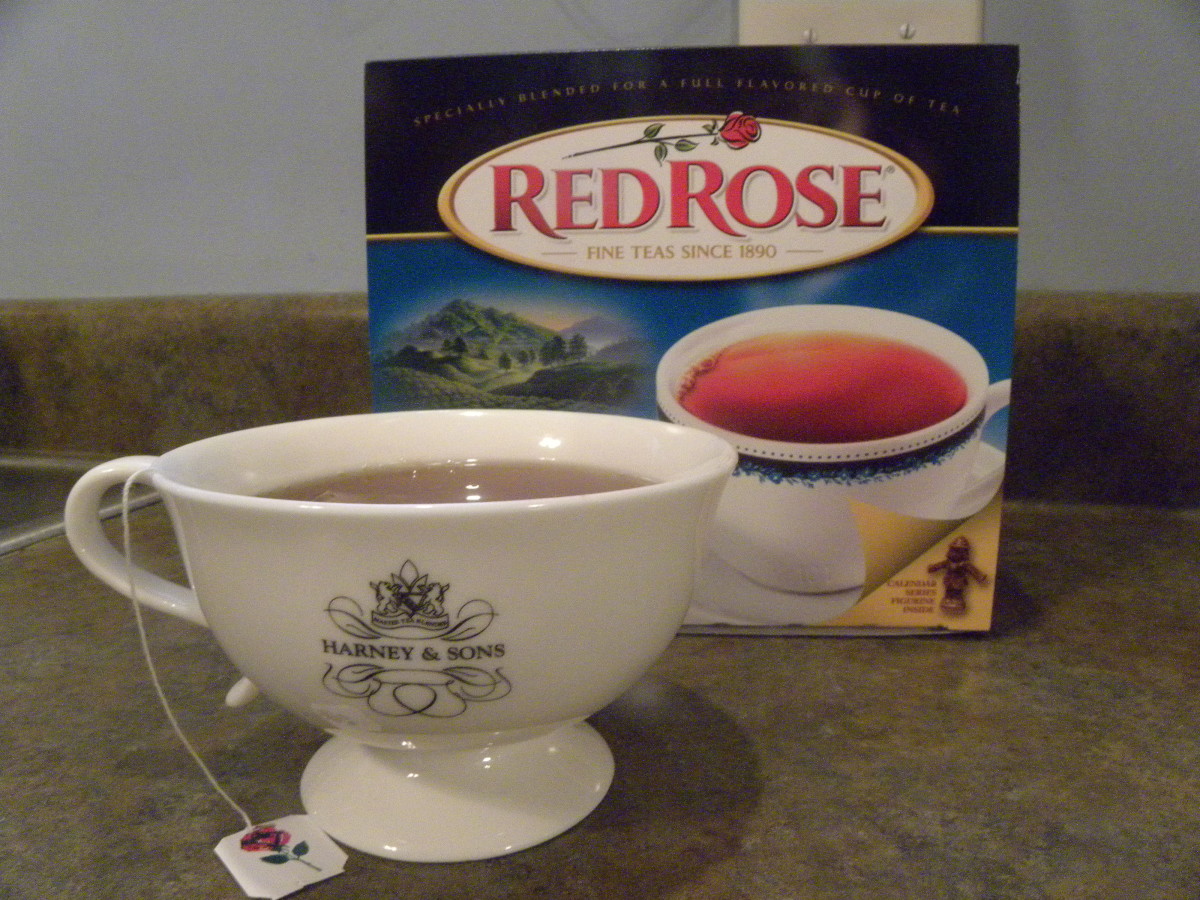The History of Chai Tea
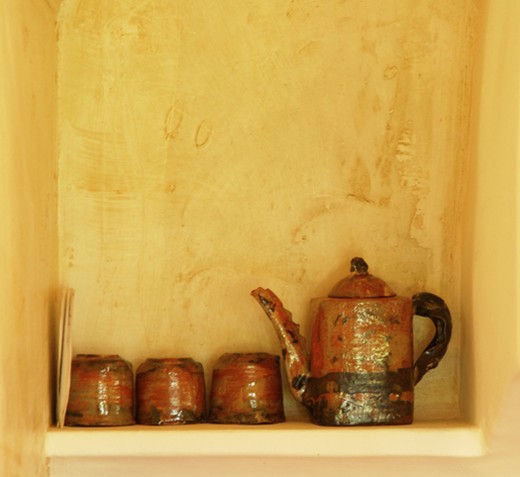
The History of Chai Tea
The English love their tea, as is well known, and in 1830 they began to grow concerned over the Chinese tea monopoly. The answer: grow tea in India, which was their vassal nation. By 1900 about 90% of England's tea was grown in India. But the Indians did not like to drink tea themselves, which greatly disturbed the English. It was unfathomable to them that anyone wouldn't like tea.
To this end the English began to encourage Indian factories and mills to give their employees tea breaks. Originally tea was served in the English style, steeped with a little sugar and milk. But soon vendor (known as chai wallahs) began to spice their drinks and add lots of sugar and milk to cut costs. The English were furious, but workers liked the drink. Thus, masala chai tea was born!
Making Sense of "Chai"
In many parts of the world the simple word "chai" does not stand for the milky chai tea beverage we know of today, but rather for plain and simple tea.From Russia to Asia and Eastern Europe if you ask for "chai" you'll probably just get a plain cup of tea. If, however, you want the milky, spiced chai tea that is so delicious and comforting, you'll probably have to ask for masala chai. So, now you're armed with the knowledge to get your chai tea fix around the world, but you're thirsty for more knowledge. Fear not, we'll slake your thirst with a little history!

Preparing Chai Tea
The preparing of chai tea begins by boiling tea leaves with water, milk, sugar and spices. The tea leaves used are usually of the strong black variety, such as Assam, so that the taste of the chai tea is not overwhelmed by the spices and sugar. The tea leaves are boiled for several minutes, producing a much stronger taste than tea that is simply left to steep in hot water.
Once the chai tea is done boiling the spice granules and tea leaves are strained out. Sugar is added, usually brown sugar to give a slightly caramel flavor to the tea. Sometimes more milk is added before serving the chai as well. Each family has an individual chai recipe, and no two preparation methods are alike. This leads to much competition over who has the best chai!
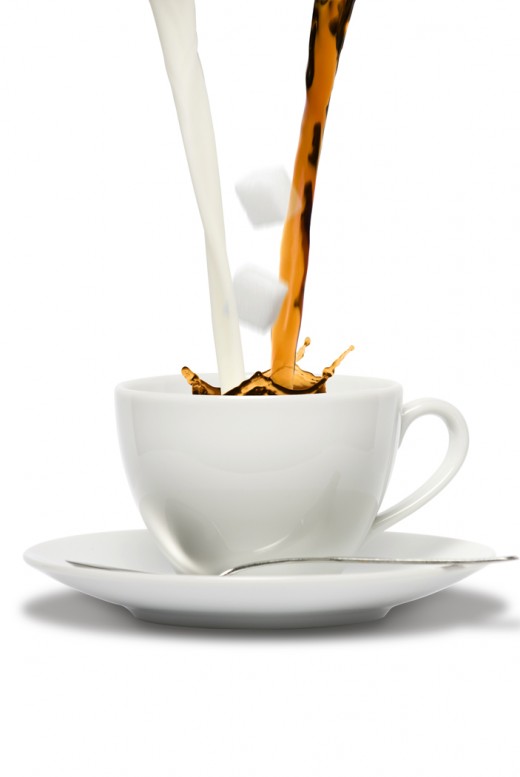
Modern Chai
Obviously chai tea outlasted the disapproval of the British, because it is still with us today! In fact, chai tea is often a popular substitute for coffee, and is a commonplace addition to any espresso stand's menu. Most coffee houses in the western world serve chai lattes, with frothy milk just like in a regular latte. Many westerners also drink chai with added flavors, creating such concoctions as vanilla chai and spiced chai.
Westerners don't just get their chai fix at coffee houses however. Many companies sell chai tea in bags, liquid concentrates, and powders at stores. These, combined with milk or water provide the perfect chai fix at home.
Chai Wallah at work!
Chai Future!
Who knows where we will go with chai in the future? One thing is certain though, chai tea is here to stay. For my own personal recommendation, try a chai eggnog latte. You've never tasted anything so delectable in your entire life! Go out and make yourself a cup now.



